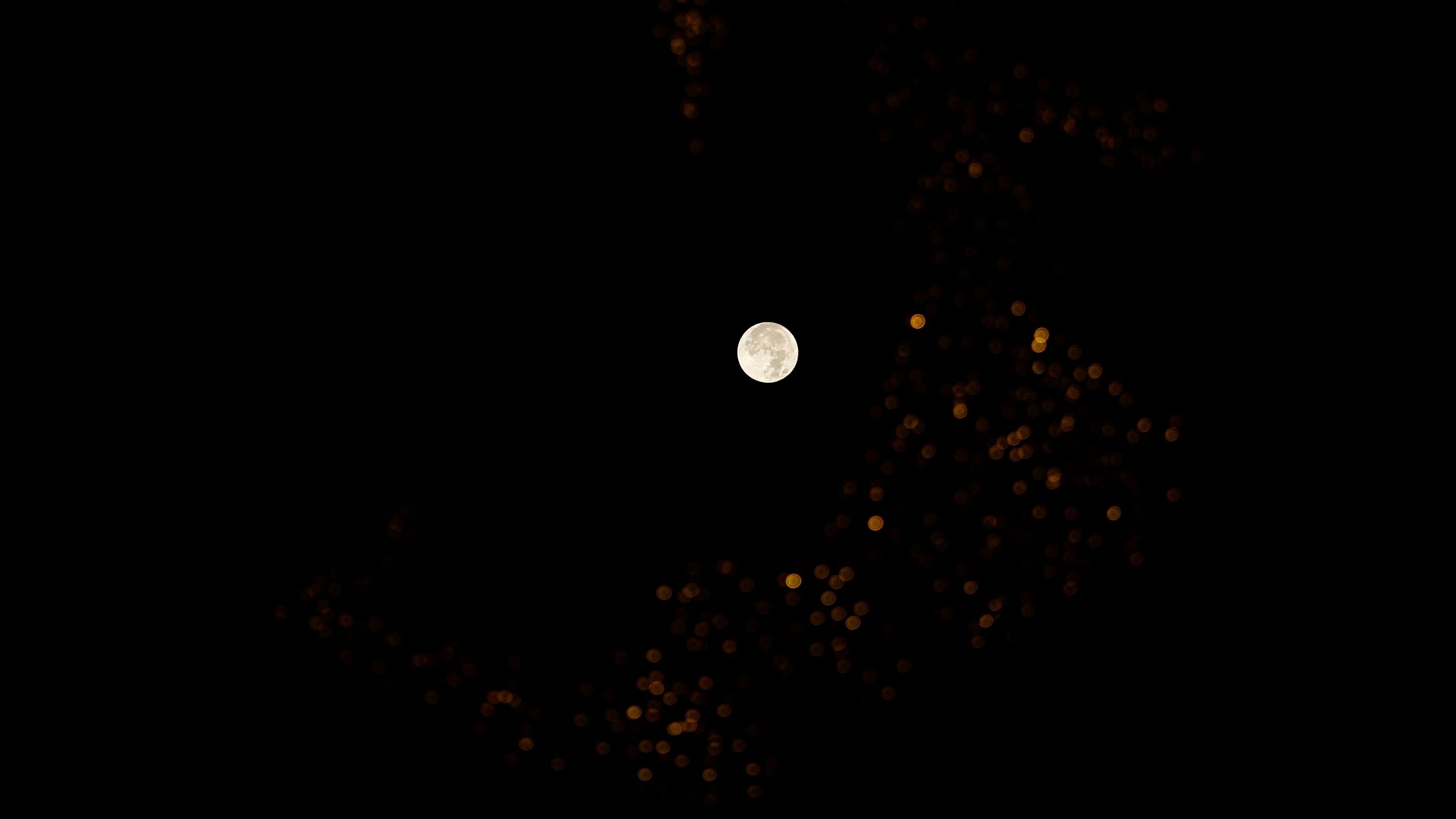
Khagola Darshana (meaning celestial panorama), is an introduction to astronomy in Kannada which takes us travelling through time and space — to the origin of time itself when the big bang occurred 13.8 billion years ago.
Reuters Photo
A quarter century ago, I had gone on a lone trip from London to Salisbury to see the Stonehenge I had heard so much about. But I had no idea that similar stone arrangements to track solar movement were all over India until I opened the pages of ‘Khagola Darshana’. And like many others, I had always wondered about the ‘stone’ dangling in front of the Gol Gumbaz at Vijayapura. Well, the book reveals that it does not belong to this earth; it is a remnant of a cosmic visitor, a meteorite.
Khagola Darshana (meaning celestial panorama), is an introduction to astronomy in Kannada which takes us travelling through time and space — to the origin of time itself when the big bang occurred 13.8 billion years ago. One can also find the latest images of the earliest universe deep in space, as captured by the James Webb Telescope in the book.
Khagola Darshana’s journey from ‘Bhugola to Khagola’, or from the earth to the cosmos, is truly a one-way ticket into the blue! Edited and put together by two of the finest science communicators in Kannada, Dr B S Shylaja and Dr T R Anantharamu, it is the first of its kind in an Indian language. The editors, who were professional scientists, bring their research approach to the book. Their creativity is evident in the lyrical titles, the storytelling and the interesting way each chapter opens.
What is unique about this book is that even while it narrates all that has happened in the world of astronomy, it has a clear focus on India’s rich heritage and contribution to this most ancient branch of science. From the first millennium Baudhayana Sutra where equivalence to Pythagoras theorem was found, to the latest Chandrayaan 3 and Aditya L1 solar mission, the book contains well-researched data that is available to practising scientists.
Editorial efforts
Dr Shylaja, who has a doctorate from the Indian Institute of Astrophysics has roped in a team of scientists to write the chapters that they are experts in. That surely might have thrown up the editorial challenge of bringing a structure and narrative style to the articles and simplifying them enough to be understood by a reader uninitiated in the field. The editorial effort is evident in every page. Dr Anantharamu, the other editor and a prolific science writer, had come up with the concept of this book.
The book brings the universe closer to home, making it familiar with umpteen examples that we have seen and have often wondered about, such as a pond at Aramane Koppa, which is actually a water clock; the interesting 4,500-year-old stone etching from Burzahom, Kashmir, that might be depicting a celestial event; the astro-archaeological sites at Dholavira in Gujarat; and innumerable others. I had no idea that the Madras observatory was started in 1786, and was later shifted to Kodaikanal. Today, we have many radio, infrared, visible and solar observatories spread across India.
Khagola Darshana is not only a book, but also a project that Navakarnataka Publications took up, perhaps owing to its motto of ‘service to humankind through books’. The publication uses high-definition photos, printed in colour.
My eyes were caught by a 19th-century photo of a team of lady astronomers who were called ‘Harvard Computers’. One of them, Annie Jump Cannon, classified a spectra of over 3,50,000 stars! Lesser-known facts like this make the book an interesting read. It takes us from our narrow lanes to the ever-expanding universe, where borders melt and our home, Earth, is just a blue dot! It is a fascinating book that must find a place in every home with a curious mind.